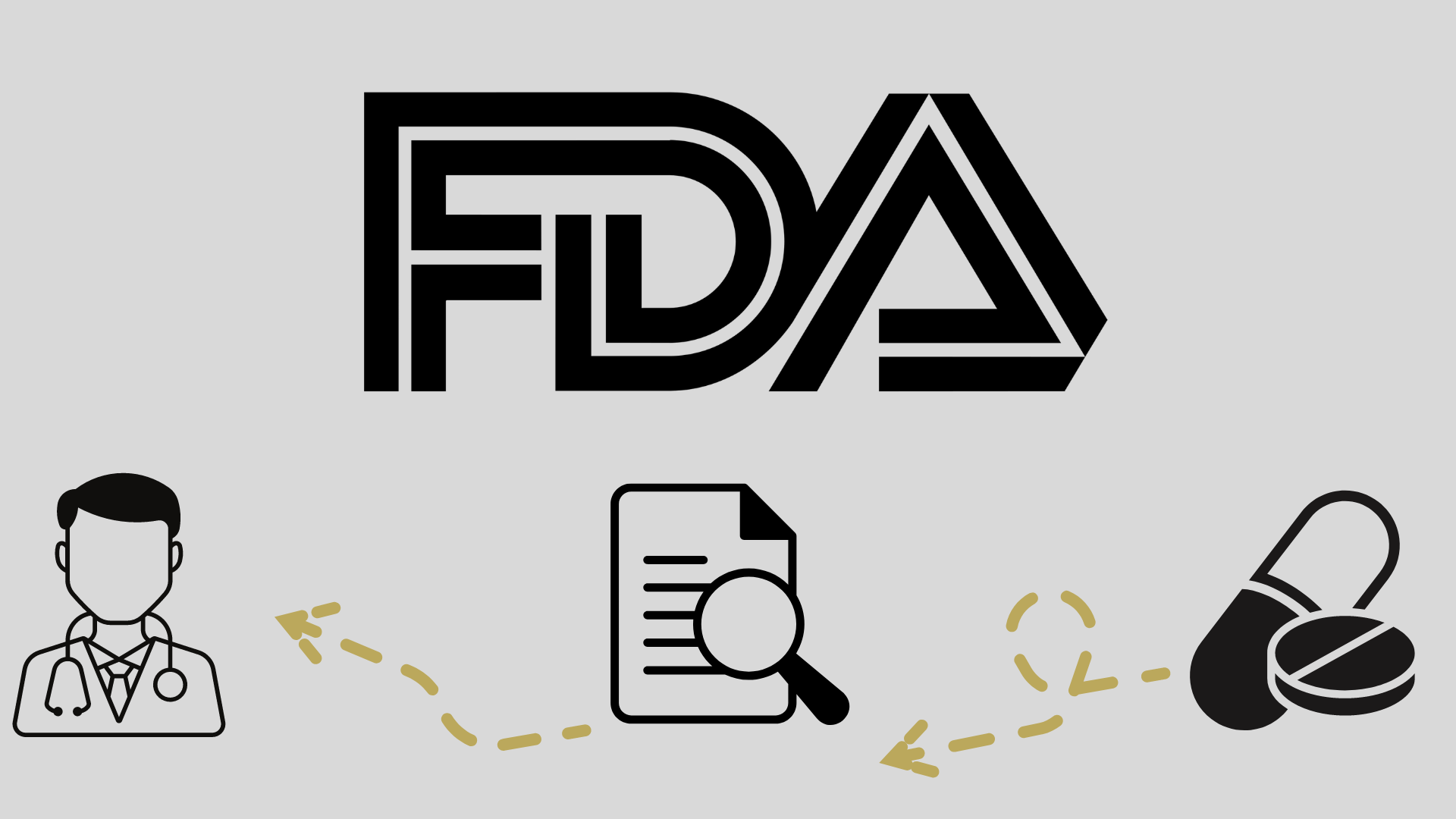
FDA Grants Orphan Drug Designation to LNS8801 for Metastatic Cutaneous Melanoma

LNS8801 has proven to be safe, well-tolerated, and demonstrated clinical benefit in patients with advanced cancers. Now, the FDA has granted the agent orphan drug designation for metastatic cutaneous melanoma.
The FDA has granted orphan drug designation for LNS8801 for the treatment of patients with metastatic cutaneous melanoma, according to Linnaeus Therapeutics, Inc.1
LNS8801 is an oral, bioavailable, highly specific, and potent agonist of GPER. GPER activation by LNS8801 works to rapidly and durably deplete c-Myc protein levels. Preclinical models of LNS8801 have shown the agent to elicit potent antitumor activities across multiple tumor types, rapidly shrinking tumors and inducing immune memory.
The basis of this orphan drug designation comes from findings from the phase ongoing 1/2 adaptive-design clinical trial (NCT04130516) of LNS8801. In the trial, LNS8801 has proven to be safe and well-tolerated. LNS8801 also has demonstrated target engagement, c-Myc protein depletion, and clinical benefit in patients with advanced cancers.
"Although there has been tremendous progress in treating cutaneous melanoma, there is still a large unmet need for treating patients who fail standard of care therapies, including immune checkpoint inhibitors. Based on the data we have generated so far, we believe that LNS8801 has the potential to bring real benefit to these patients with minimal side effects," Patrick Mooney, MD, chief executive officer of Linnaeus, told Targeted OncologyTM.
Recently, the dose-escalation portion of this phase 1/2 clinical trial assessing LNS8801 as a monotherapy and in combination with pembrolizumab (Keytruda) in various cancers and patient populations was completed.
The study is following a 3+3 design and investigators will determine the maximum-tolerated dose (MTD) and the recommended phase 2 dose of LNS8801 in patients who had previous clinical benefit from immune checkpoint inhibitors, but who then experienced disease progression.2
Enrollment in the dose-escalation phase of the trial is open to patients who had a histopathologically confirmed advanced or metastatic solid tumor that was measurable per RECIST v1.1 criteria. Patients were also required to be 18 years of age or older, have an ECOG performance status of 0 or 1, a life expectancy of at least 3 months, and adequate organ and bone marrow function.
Multiple cohorts are being investigated in the trial, including patients with melanoma, uveal melanoma, pancreatic, gastric cancer, non–small cell lung cancer, colorectal cancer, cutaneous melanoma, or another solid tumor malignancy.
Primary end points of the trial include to determine the MTD of LNS8801 dosed alone and in combination with pembrolizumab and determine patient populations for future studies based on overall response rate (ORR) and clinical benefit rate (CBR) as assessed by RECISTv1.1. Secondary end points being investigated include pharmacokinetics, CBR, ORR, and progression-free survival (PFS).
Investigators are also assessing additional outcome measures, including change in target lesion growth rate before versus on study, PFS and CBR for 24 months or until study completion, OS at 6 and 12 months, and OS, CBR, ORR, PFS in patients with anti-PD-1 refractory cancers and patients with positive biomarkers.
“Linnaeus Therapeutics is preparing for a randomized-controlled study in [patients with] biomarker-selected, treatment-refractory cutaneous melanoma, with the goal of demonstrating a progression-free survival advantage over physician’s choice therapy,” added Mooney.
Thus far, LNS8801 has been safe and well-tolerated by patients in this phase 1/2 study. The study has an estimated completion date of November 30, 2024. Patients are actively being recruited in California, Connecticut, Massachusetts, New Mexico, New York, Pennsylvania, and Texas.








































